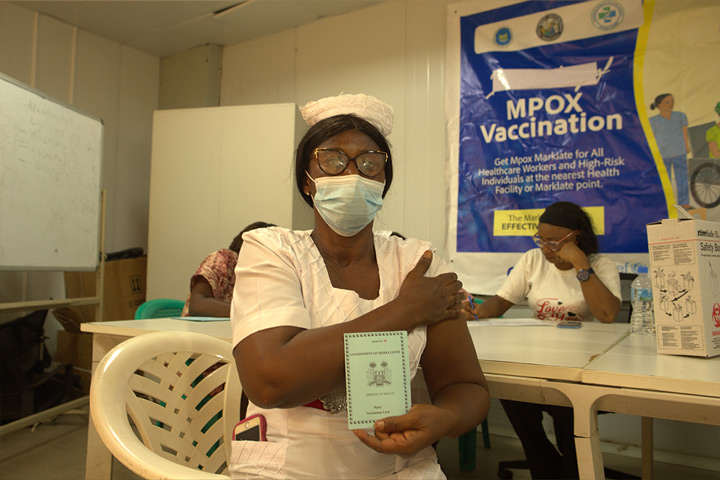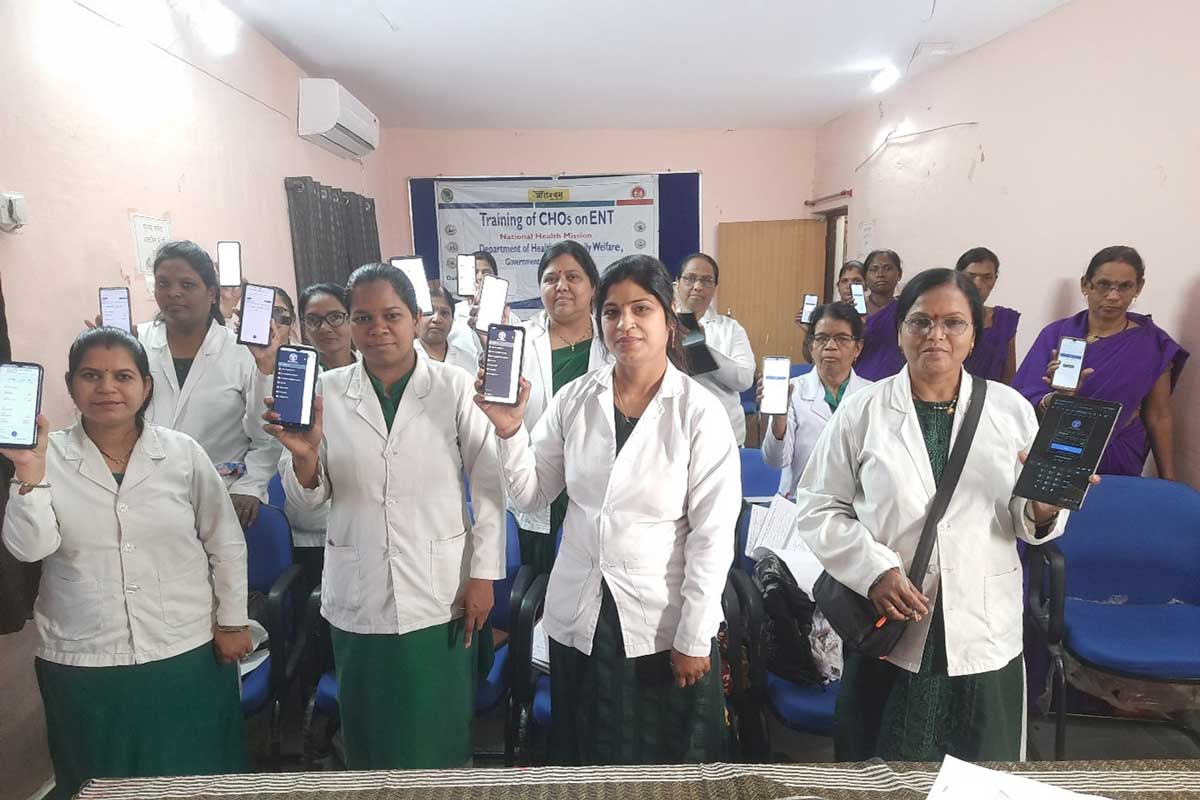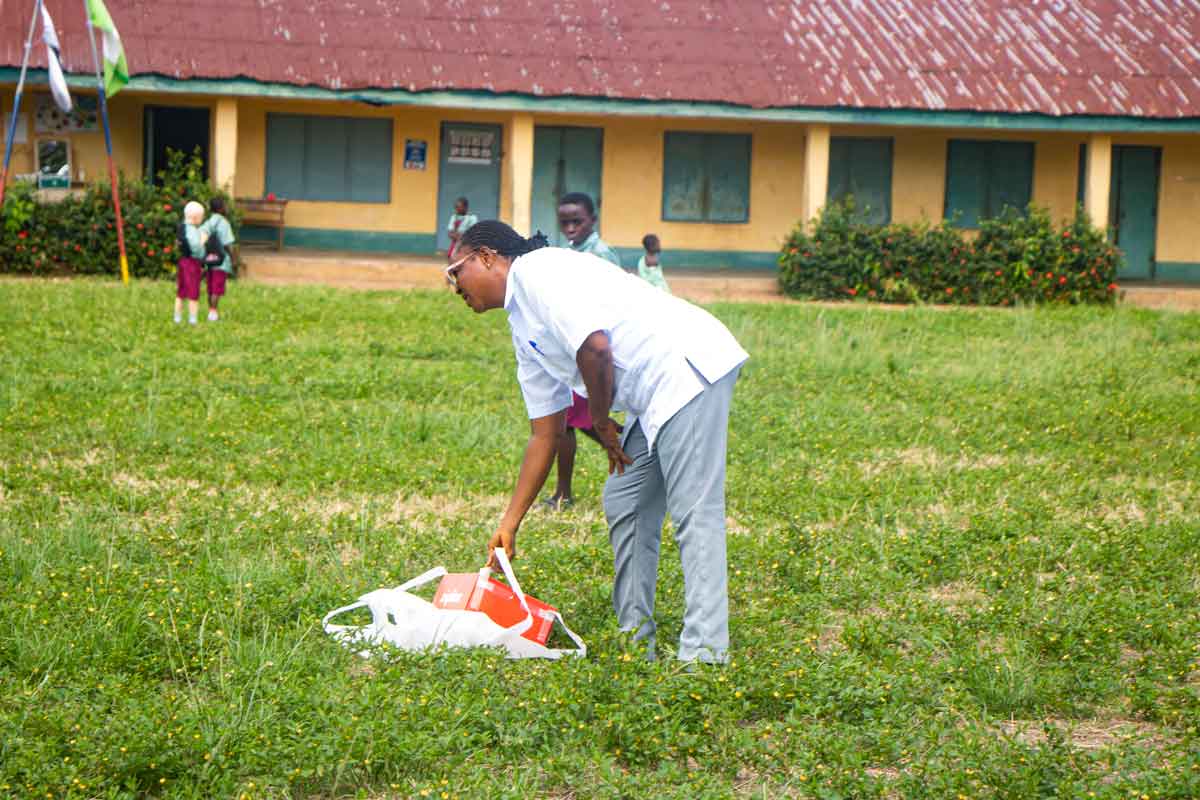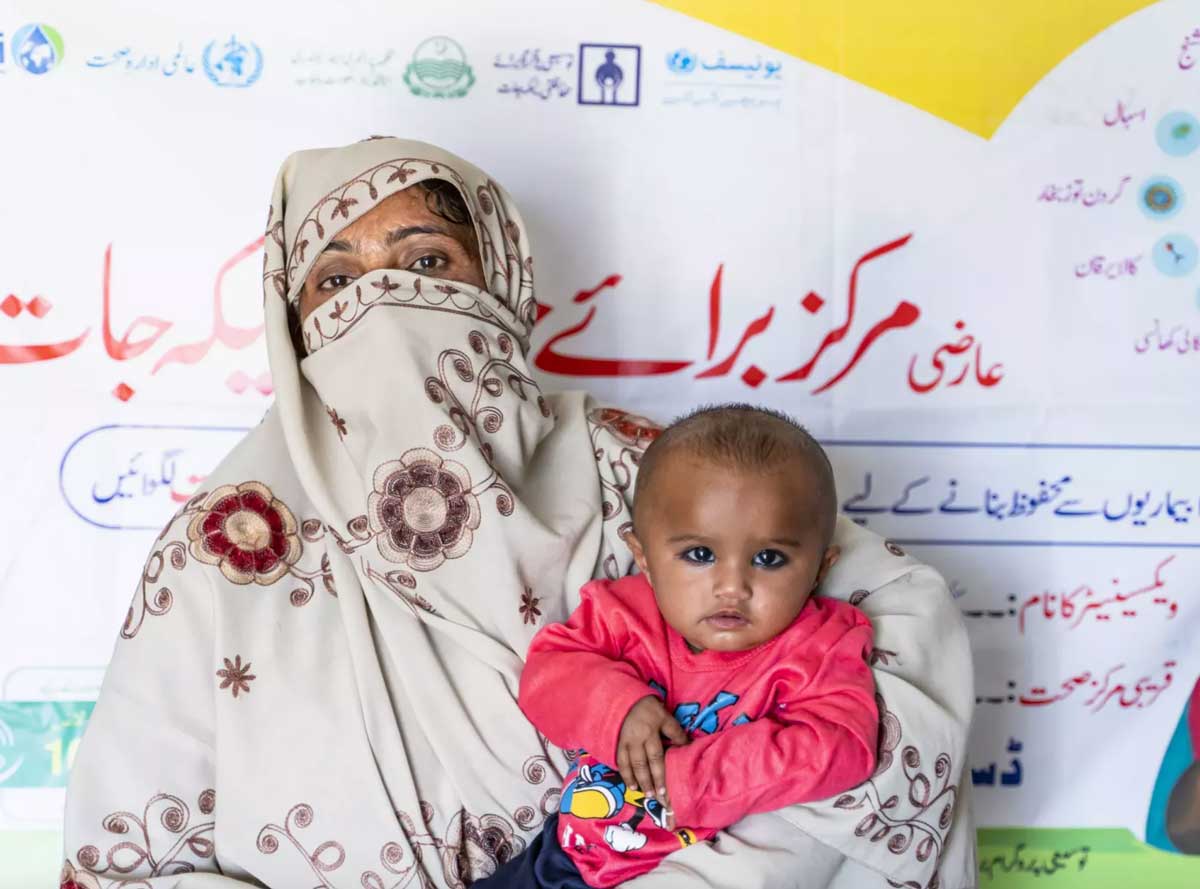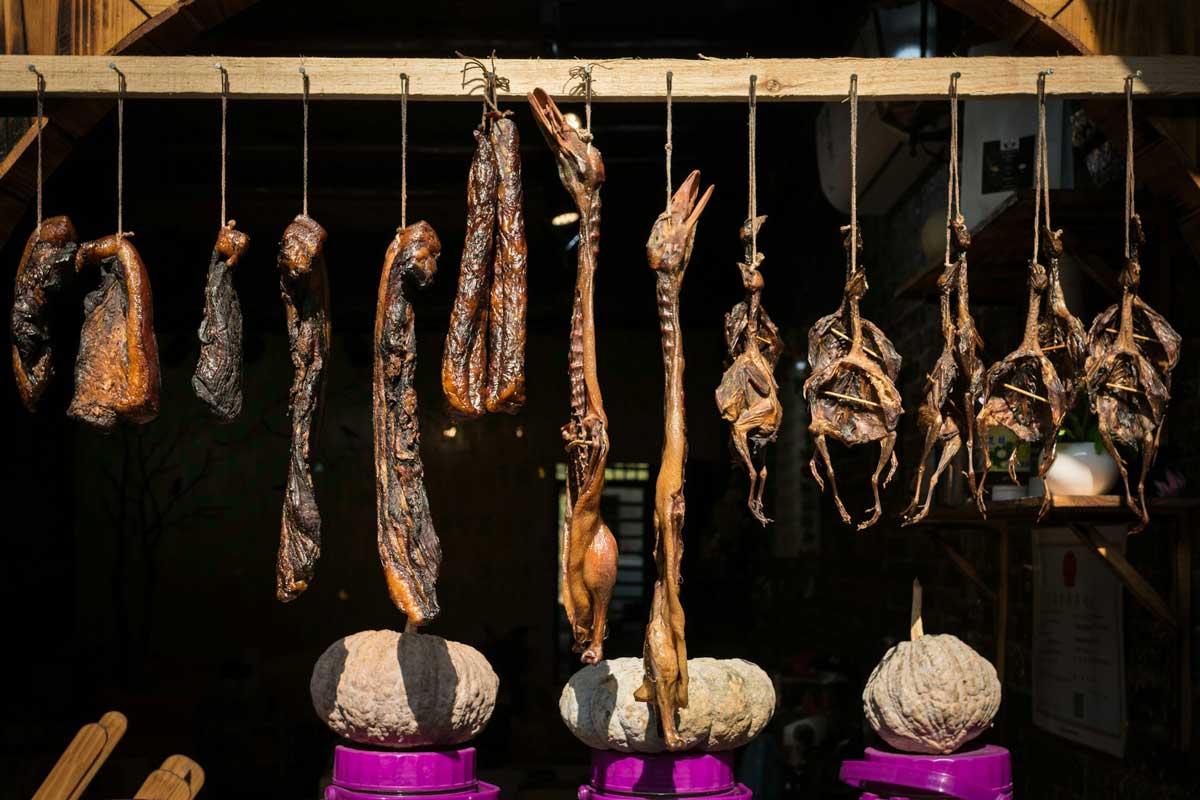Ebola in Uganda: lessons from COVID show that heavy-handed lockdowns may be a bad idea
Lockdown measures may stop the spread of the virus. But they can also lead to a larger and more protracted public health crisis in the form of deprivation and hunger.
- 11 November 2022
- 7 min read
- by The Conversation
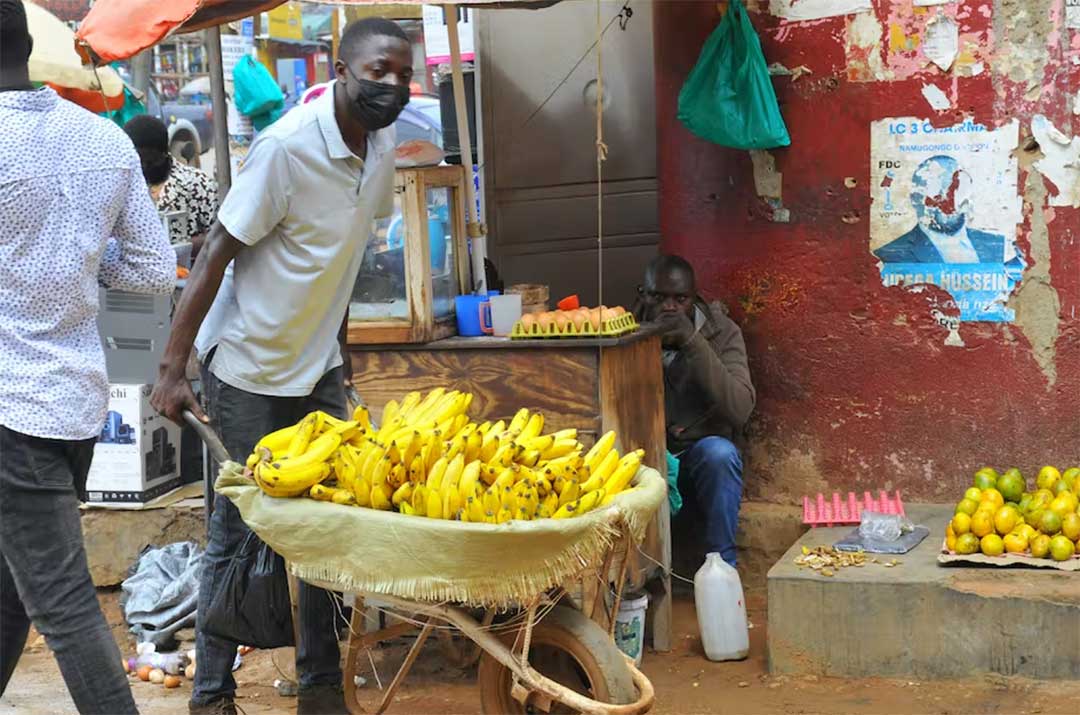
Since the first case of the current Ebola outbreak in Uganda was confirmed in mid-September, the number of cases has topped 127 across seven districts, including 17 in the capital city Kampala.
Yet most people living in the city fear another round of lockdowns perhaps even more than they fear becoming infected.
Two high-risk districts are already under a 21-day lockdown. And although the government says it is not considering Kampala high risk at the moment, it has not shied away from using the “threat” of lockdowns to try to persuade people to conform to the health procedures. These include reporting suspected cases, supporting contact tracing and undergoing isolation where potential exposure to an infected person has taken place.
Fears about the impact of severe lockdown come against the backdrop of an economy that hasn’t recovered from the economic crisis associated with the COVID-19 pandemic, coupled with other global inflationary pressures.
This fear is warranted: a functioning economy, especially in highly vulnerable communities in urban areas, is crucial to population health. Blanket enforcement of lockdown measures may help to slow down the spread of a virus. But we now know that it can also quickly generate a larger and more protracted public health crisis in the form of deprivation and hunger.
I have been involved in a project, alongside Asim Khwaja, director of the Centre of International Development at Harvard University, and Adnan Khan, professor at the London School of Economics and Political Science, to develop a more nuanced containment approach. We analysed different approaches adopted by countries across the globe during the COVID-19 pandemic. Based on our analysis we developed an approach we termed “Smart Containment with Active Learning”.
This requires policy makers to find ways to handle a public health crisis without creating an economic one. Containment options must be informed by local conditions and suit varying circumstances. They should be reviewed and continuously updated with incoming data and evidence.
The approach we outline has implications for managing the current Ebola outbreak in Uganda as well as future health epidemics.
The human cost of blanket lockdowns
There is no agreed explanation about why the health impacts of COVID-19 were lower in some African countries, including Uganda, when compared against global rates. Still, the economic consequences, particularly of the lockdowns, were severe.
Researchers, using income data, have estimated that economic losses across Uganda as a result of lockdowns were the equivalent of 9.1% of GDP. Over 65% of the population was affected and nearly ten years of poverty eradication efforts were erased.
The most extreme economic effects were felt in Kampala. Residents experienced an increase of 16.7 percentage points in poverty rates. Income inequalities also rose, represented by a 10.5% increase in the GINI coefficient. This was because many in the city could not earn a living at all for certain periods of time.
There are also likely to be long term effects on economic productivity, which remain to be seen. For example, Uganda closed schools for two years – the longest period of any country.
Have you read?
It’s not yet possible to adequately quantify these losses. Nevertheless, based on evidence from school closures elsewhere, this is likely to lead to a less skilled labour force and lower incomes. There are also likely to be significant associated social costs.
The reasons that Kampala fared worse than the national average lies in the overall structure of the city’s economy. In 2016 the World Bank surveyed informal businesses operating in the greater Kampala area. It showed that most businesses operated in the informal sector and were very small, with 46% employing fewer than five people.
Most importantly, 56% of owners said they engaged in trade and the services industry. And 93% of these microenterprise owners were, at the time of the survey, already operating close to the poverty line, or just beneath it.
When the lockdown was imposed, these businesses were no longer able to trade. Many of their owners and the households they supported would have been pushed far below the poverty line.
In urban areas like Kampala a high proportion of income is used to buy food. The blanket lockdowns resulted in 17% of Kampala’s population facing acute food insecurity and increased consumption gaps.
Smart containment strategies
The concern by the Ministry of Health in Uganda and the World Health Organization over the latest outbreak of Ebola in Uganda is warranted. The current strain of the virus circulating in Uganda, the so-called Sudan strain, does not yet have an approved vaccine and has an estimated case fatality rate of 40%-60%.
The 2014-2016 Ebola outbreak in West Africa – caused by a different strain – resulted in 28,600 cases and 11,325 deaths. The case rate significantly increased once the virus hit the densely populated urban areas of Conakry, Freetown and Monrovia.
Containing the current outbreak, particularly in Kampala, is therefore critical.
But containment needs to be done in a smarter way than was the case in the COVID pandemic. Contagion risks need to be weighed up against the benefits of maintaining economic interaction.
We conclude in our policy brief that containment doesn’t need to take an all-or-nothing approach. Gradations need to be considered.
Any smart containment strategy requires accurate and up-to-date data on disease prevalence, trends and transmission. And, critically, regular socio-economic data also need to be collected to assess growing risks, particular in relation to poverty and hunger. This data should then be used to drive the analysis that underpins the policy decisions about when, where and how to impose restrictions – and lift them.
These decisions should be taken in a more targeted and flexible way, below district level, to ensure that containment is commensurate to localised information, which, in turn, will be far less economically costly.
The second part of a smart containment strategy is that it needs to be dynamic, and changes should be made based on updated information. This is what we termed “active learning”. Here, again, data play a key role, in continuously assessing the risk profile of an area.
This does not only have to be geographical, but can also be related to different sectors. For example, interactions with high contagion risk and limited economic value, such as sporting events, may be fully shut down for a period, while in the same area, activities that support the livelihoods of vulnerable populations may continue, adapted to meet health and hygiene standards.
Finally, continuous evaluations of policy responses are important in supporting this active learning.
Communication is key
Underpinning such a strategy is clear, credible, transparent and regular communication on what is happening and why it is happening. There is evidence from Sierra Leone during the last Ebola outbreak that effective messaging that makes use of citizens’ agency and self-efficacy is key in securing community support for containment measures.
It’s also important that the messaging focuses on de-stigmatising individuals and minorities, so that those who are potentially infected feel comfortable taking proactive measures like self-isolating and seeking medical care.
In the longer term it helped increase trust in authorities, popular understanding, and support for further measures, unleashing a positive cycle that ultimately ended the epidemic.![]()
Authors
Astrid R.N. Haas, Fellow, Infrastructure Institute, School of Cities, University of Toronto

This article is republished from The Conversation under a Creative Commons license. Read the original article.
Disclosure statement
Astrid R.N. Haas does not work for, consult, own shares in or receive funding from any company or organisation that would benefit from this article, and has disclosed no relevant affiliations beyond their academic appointment.
Partners
University of Toronto provides funding as a founding partner of The Conversation CA.
University of Toronto provides funding as a member of The Conversation CA-FR.
More from The Conversation
Recommended for you

